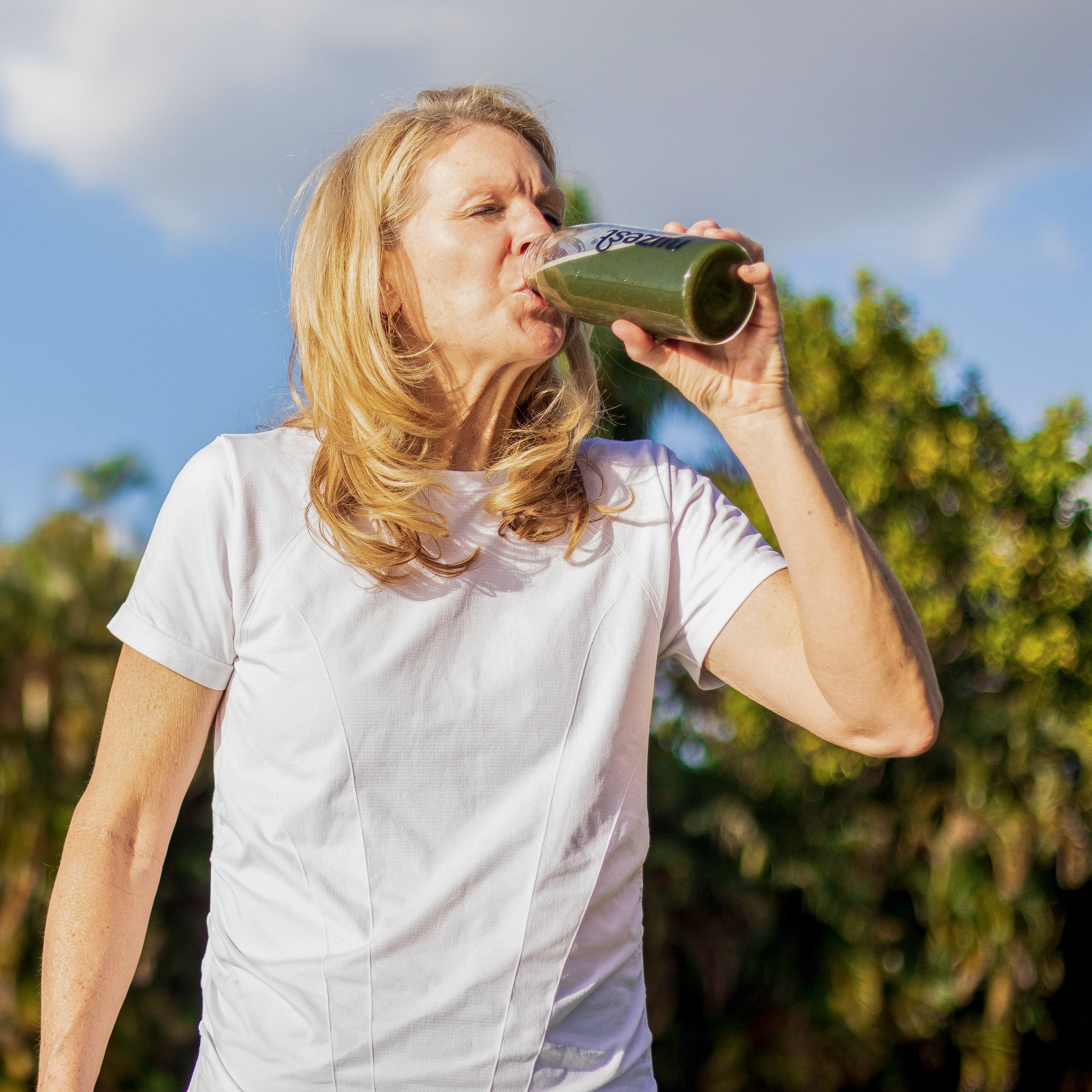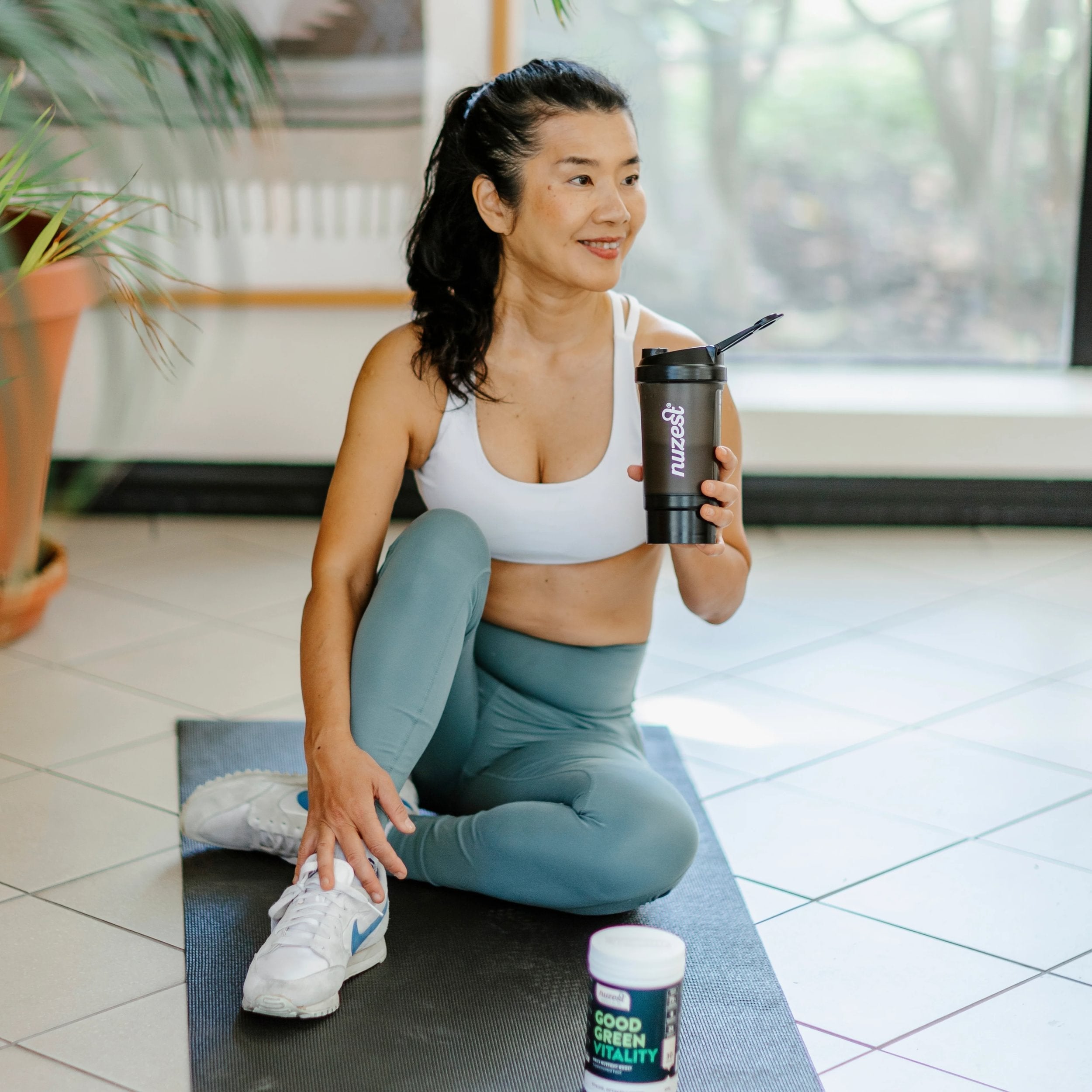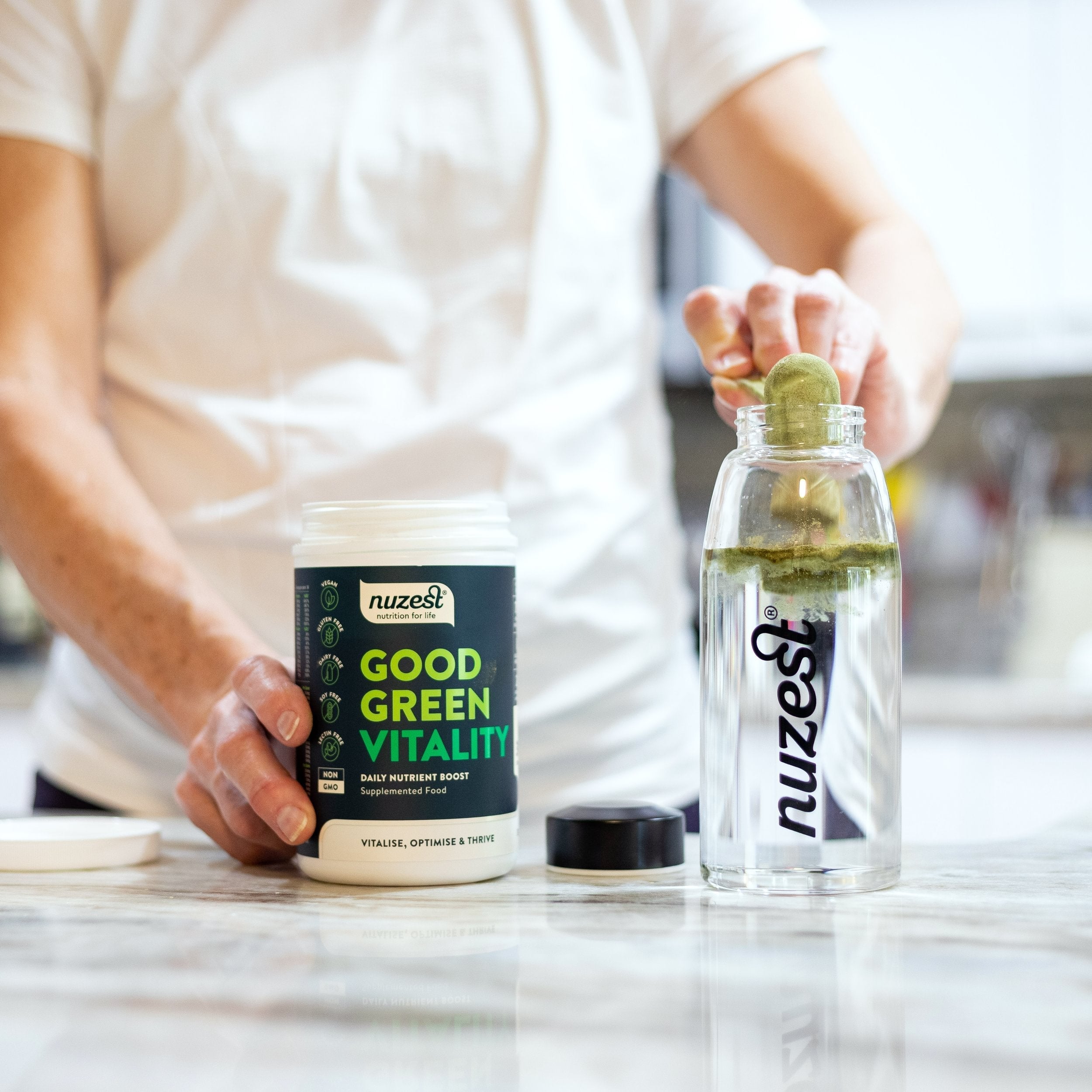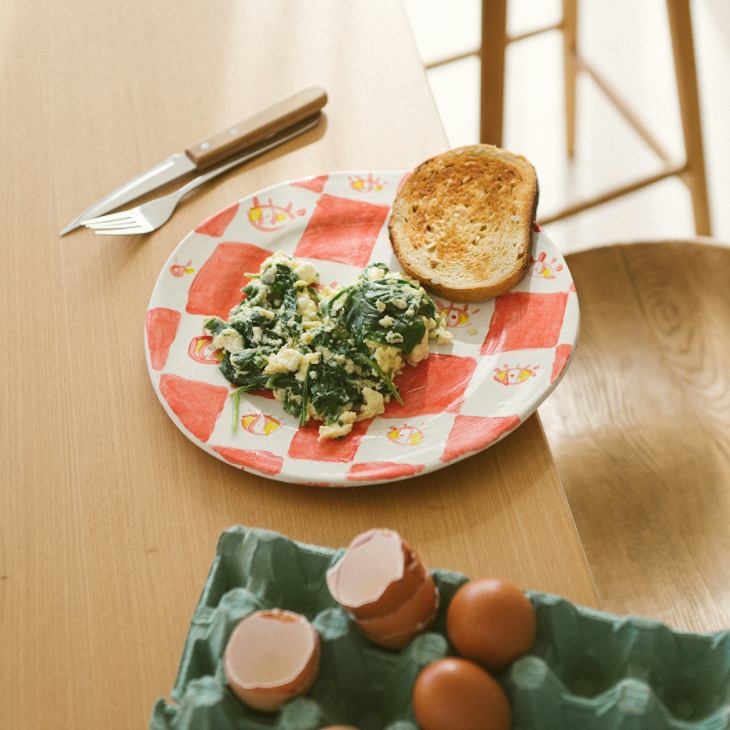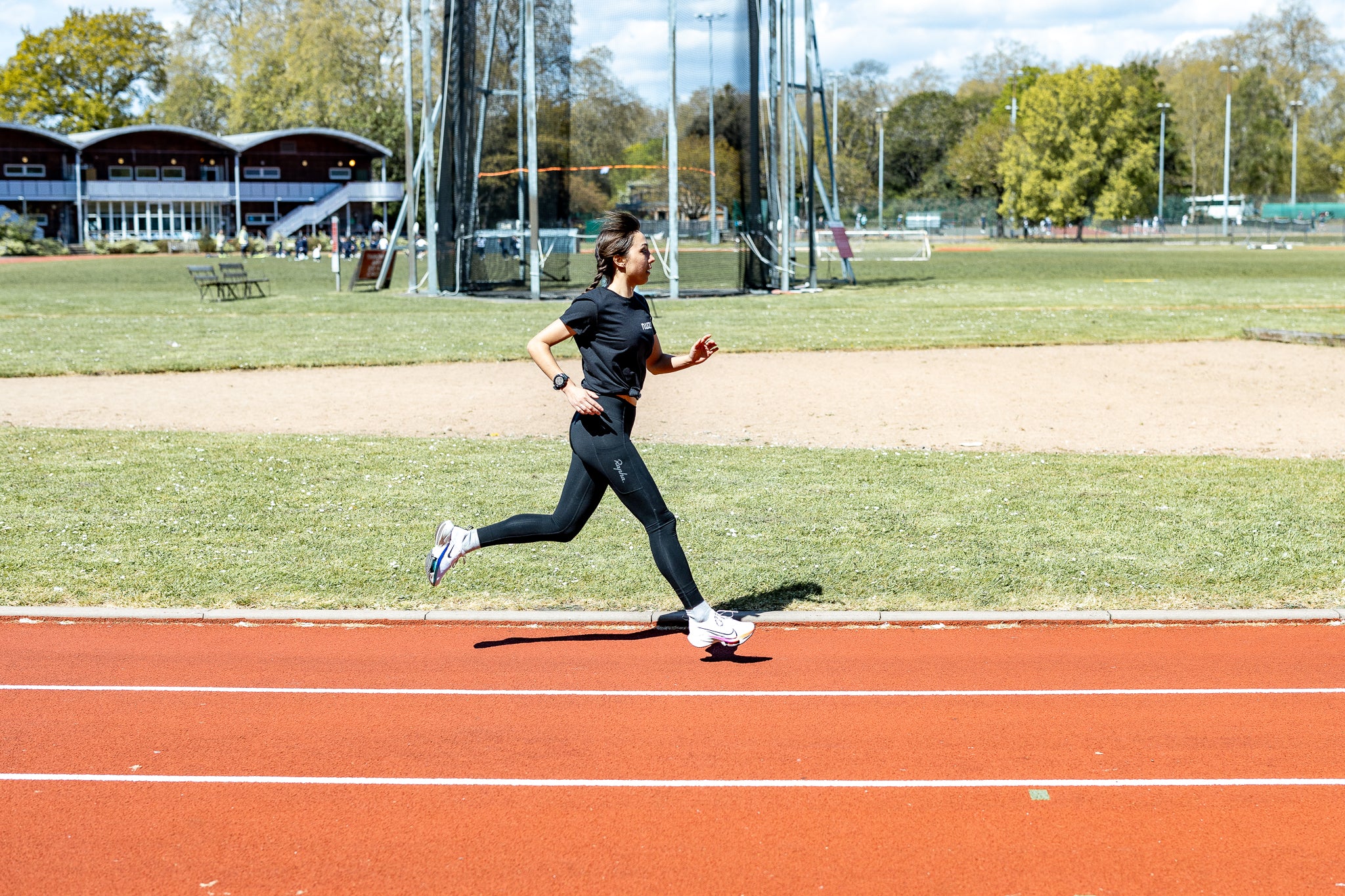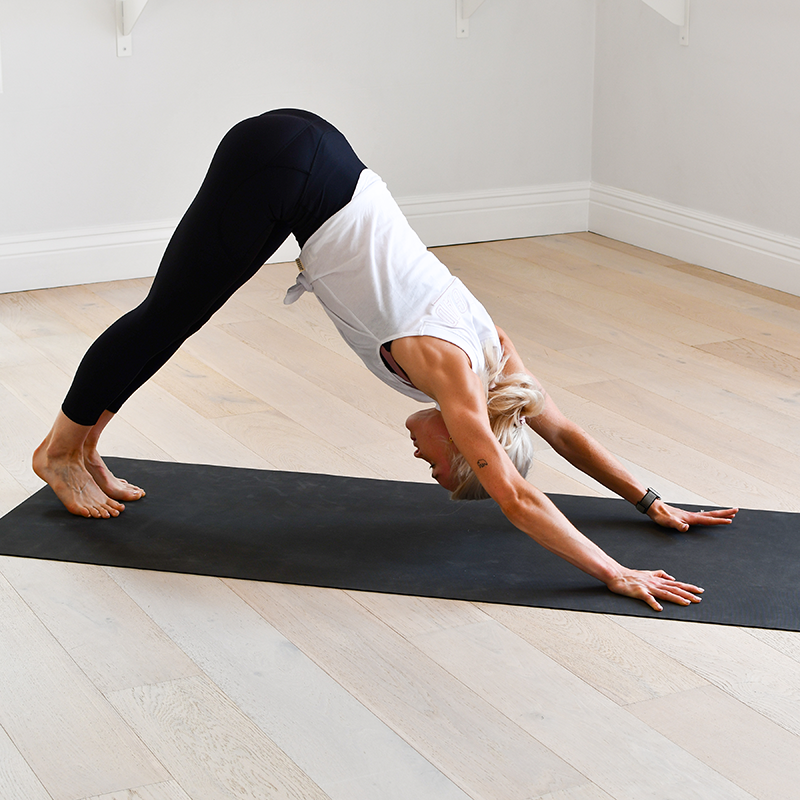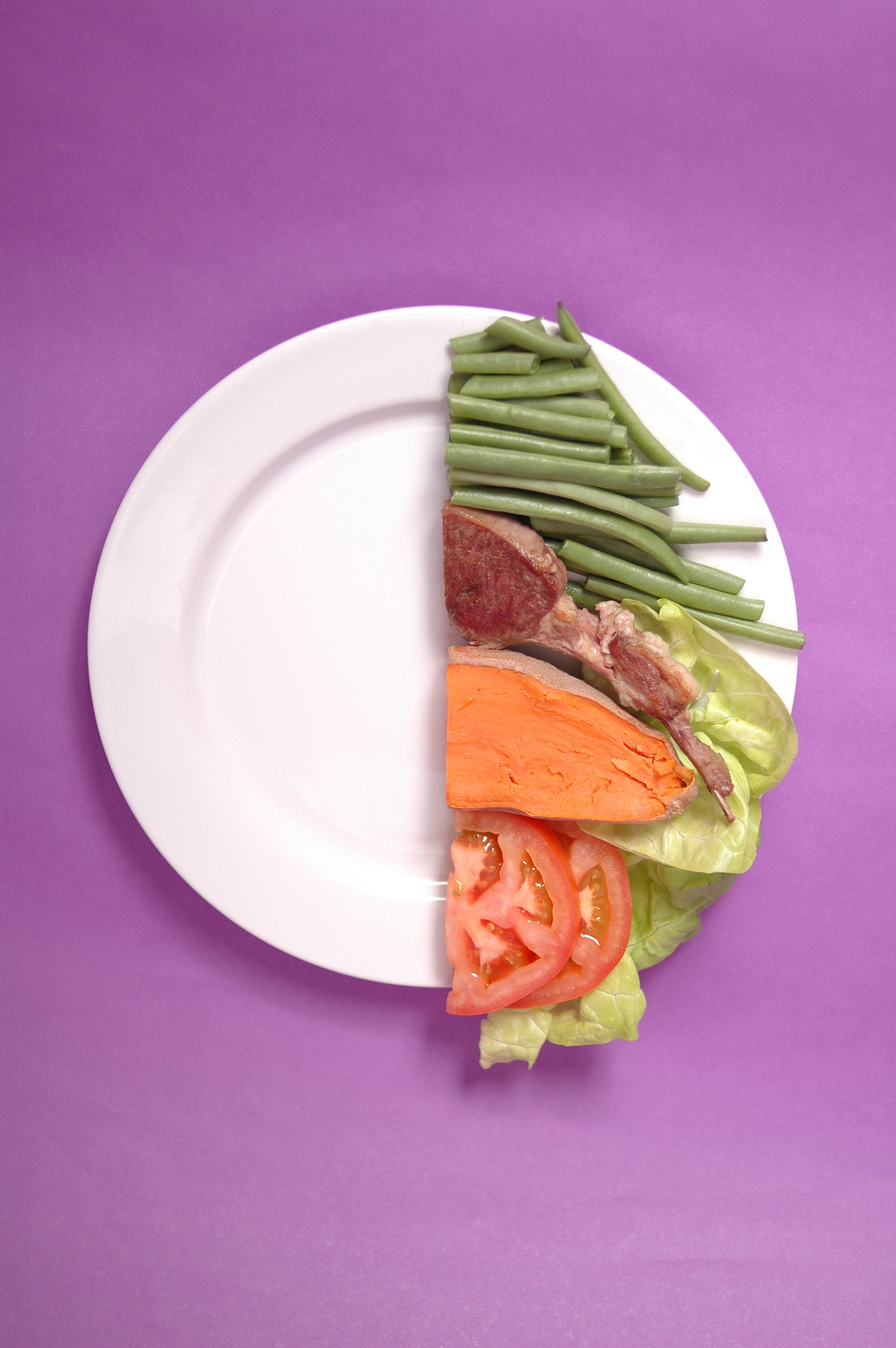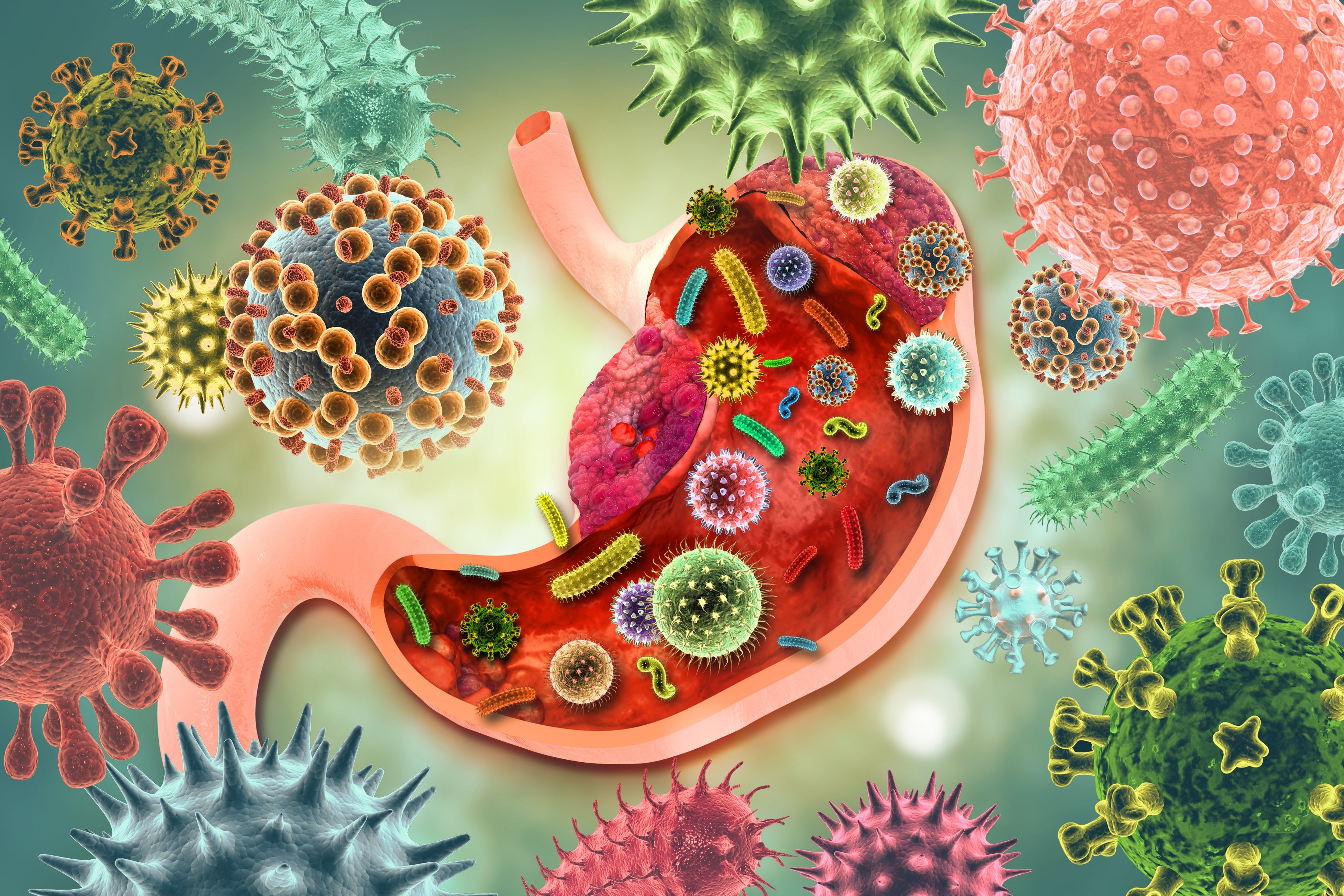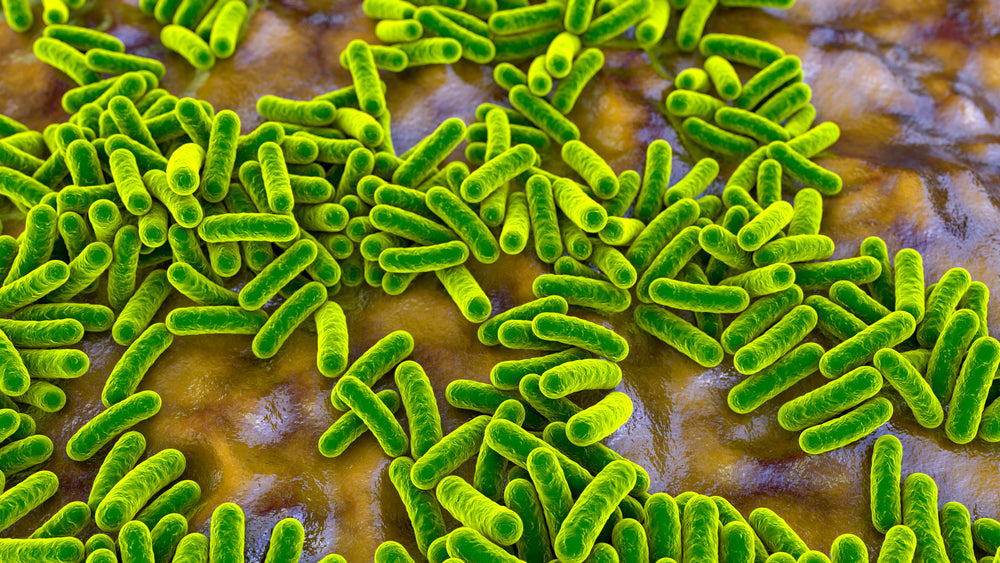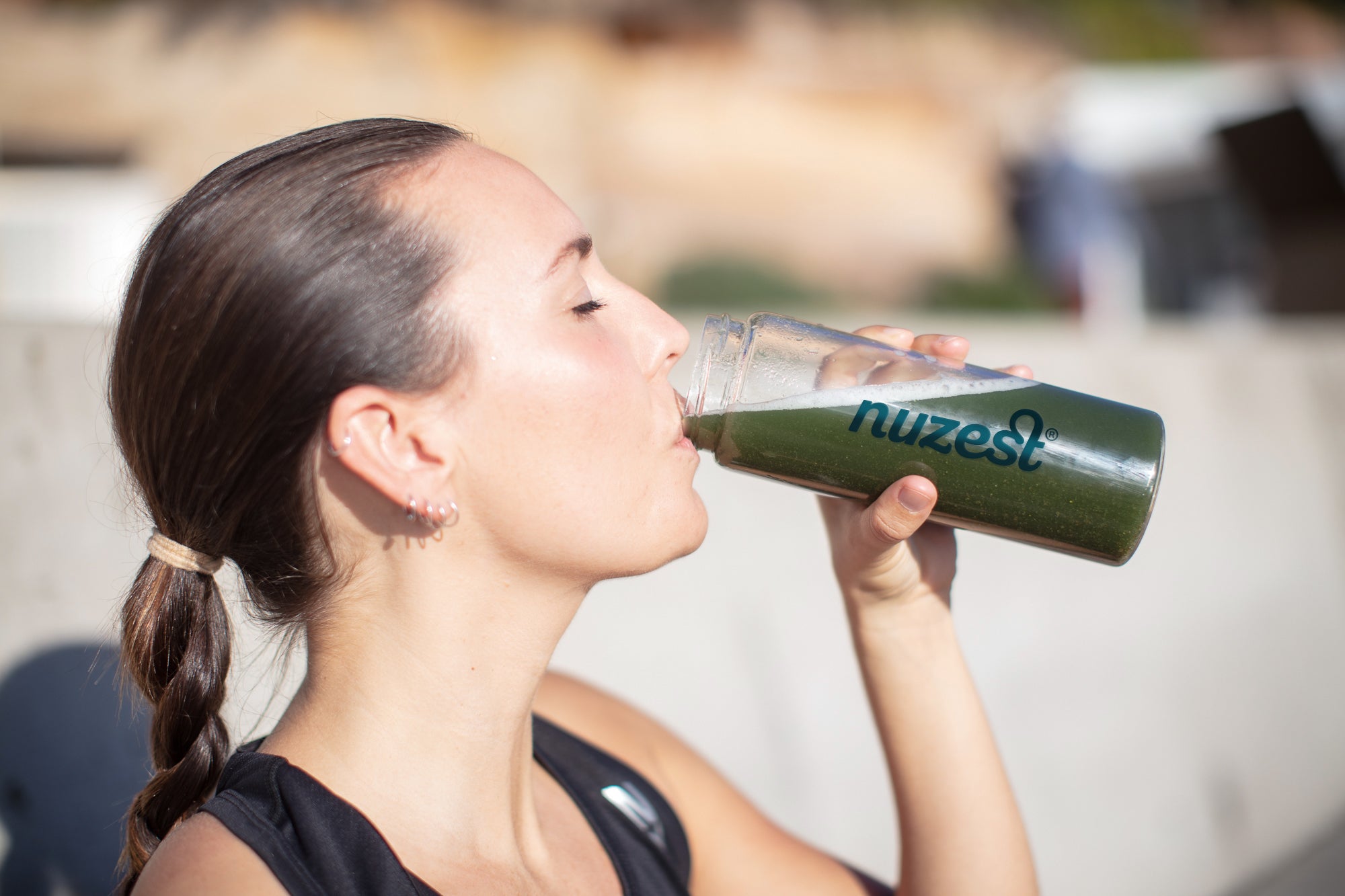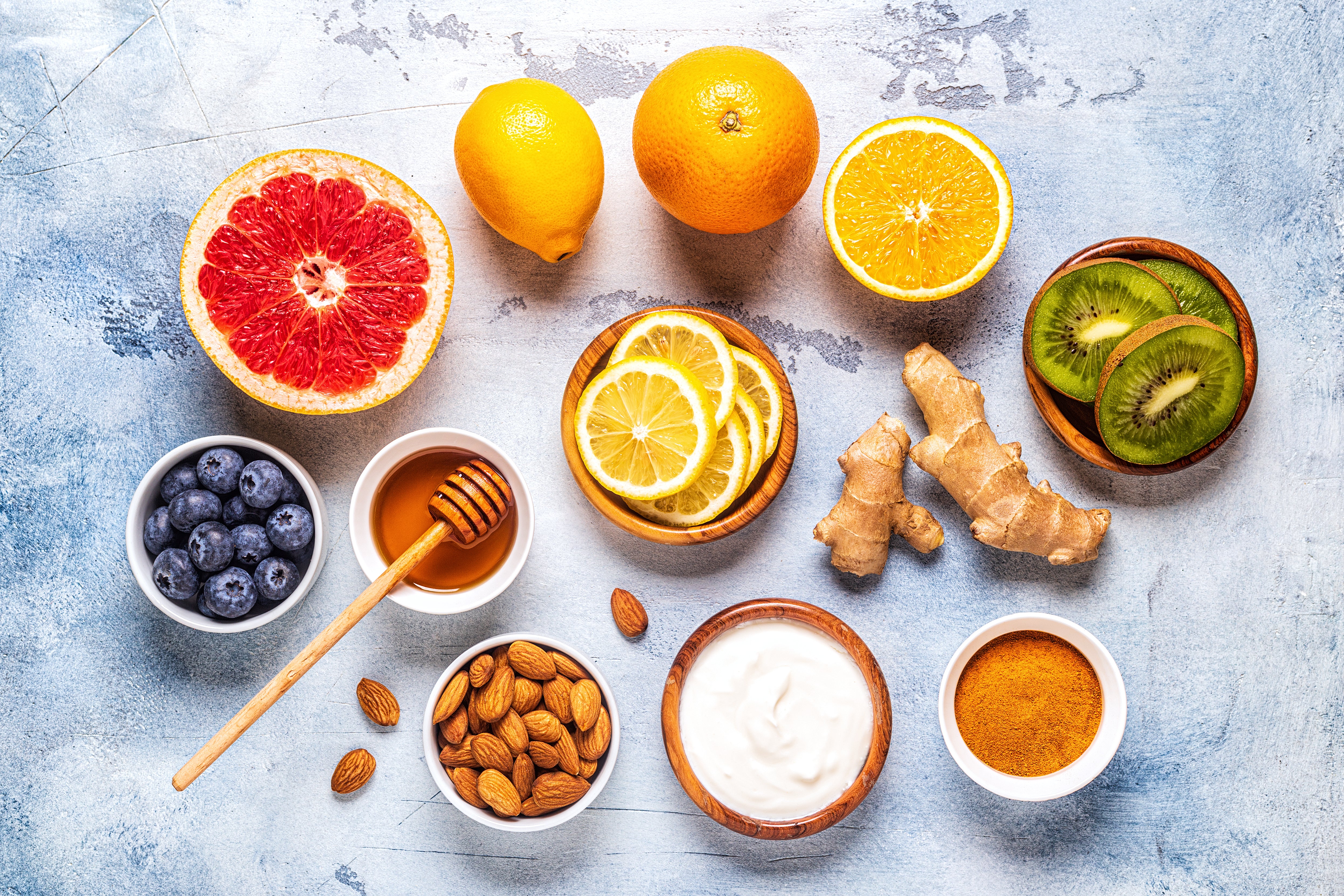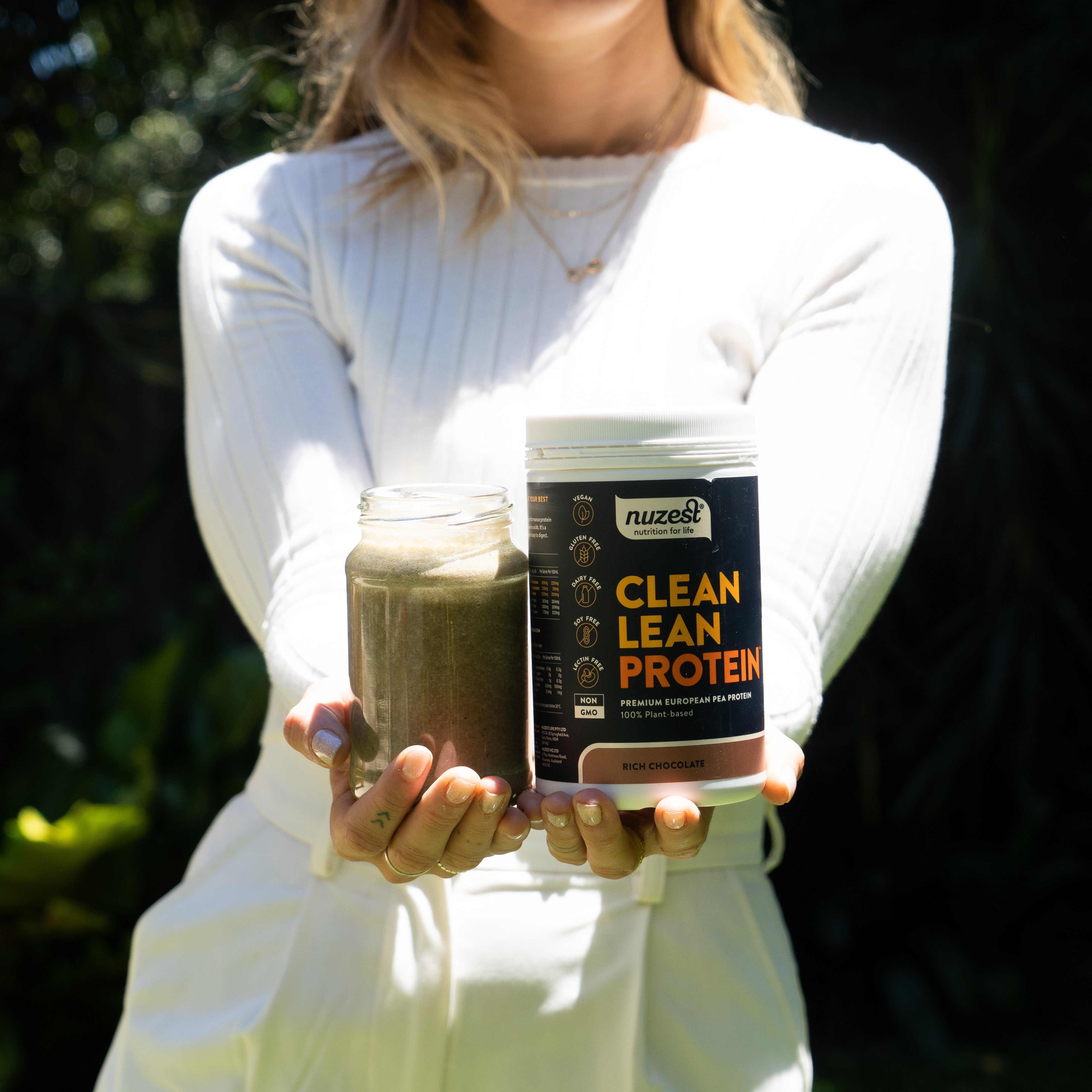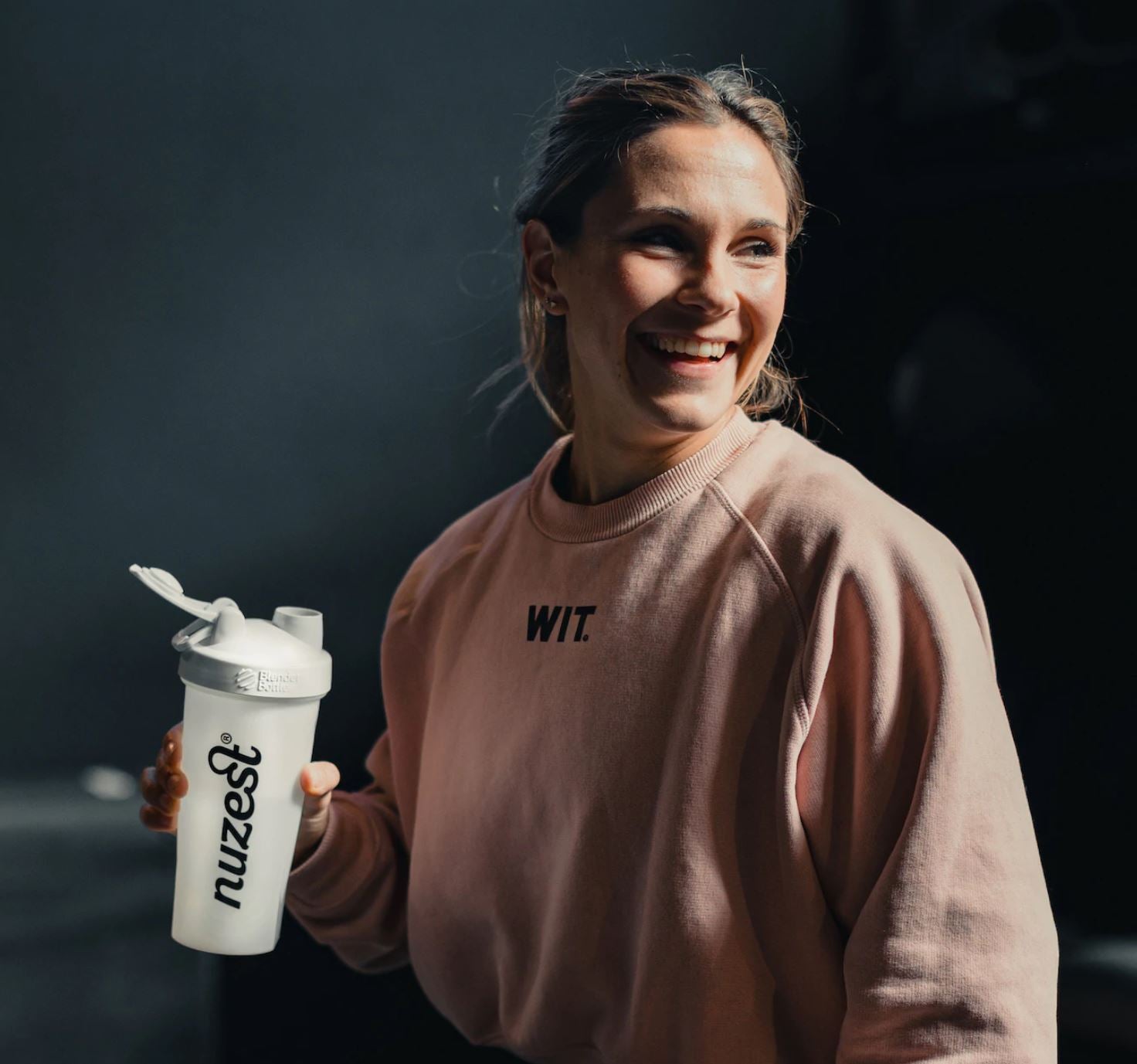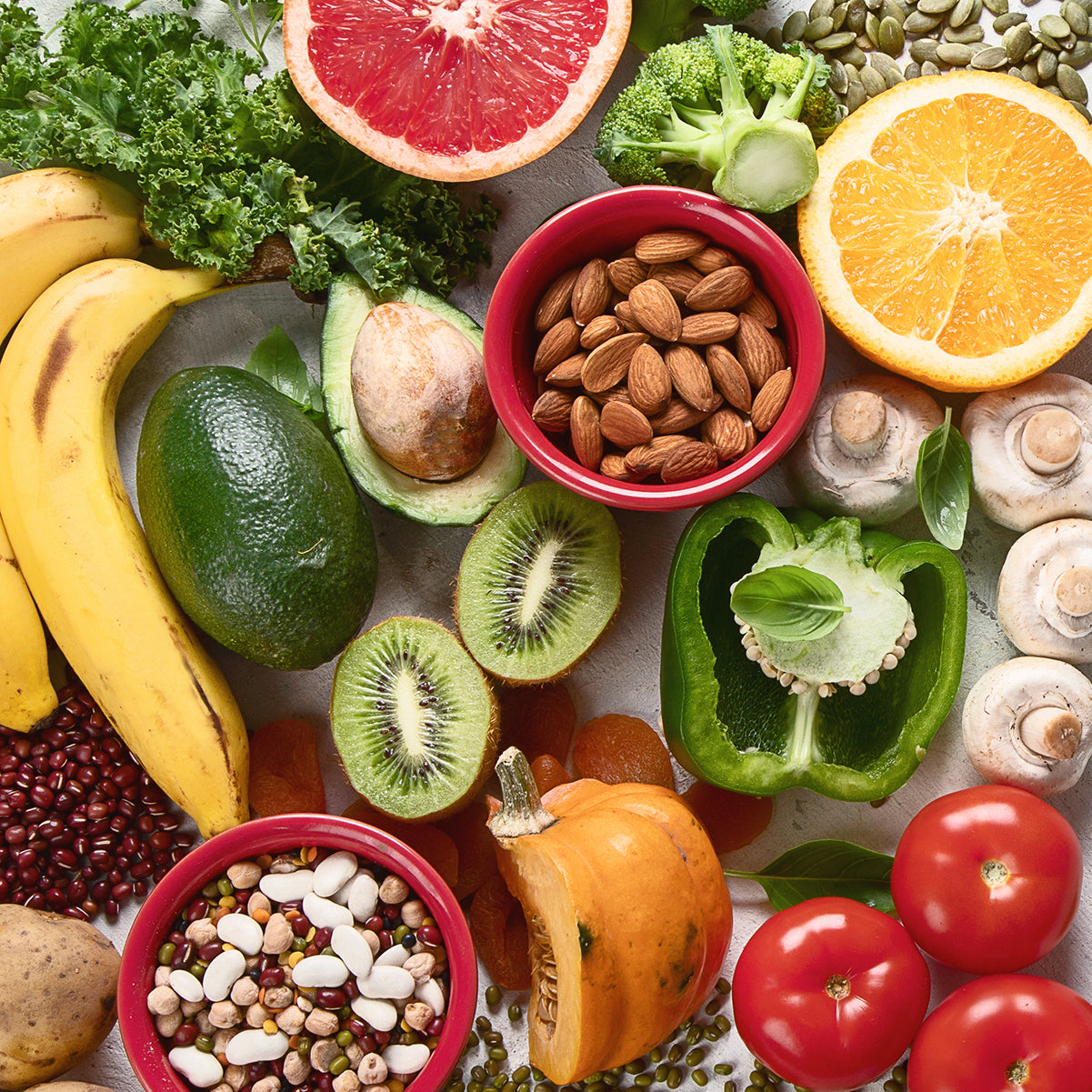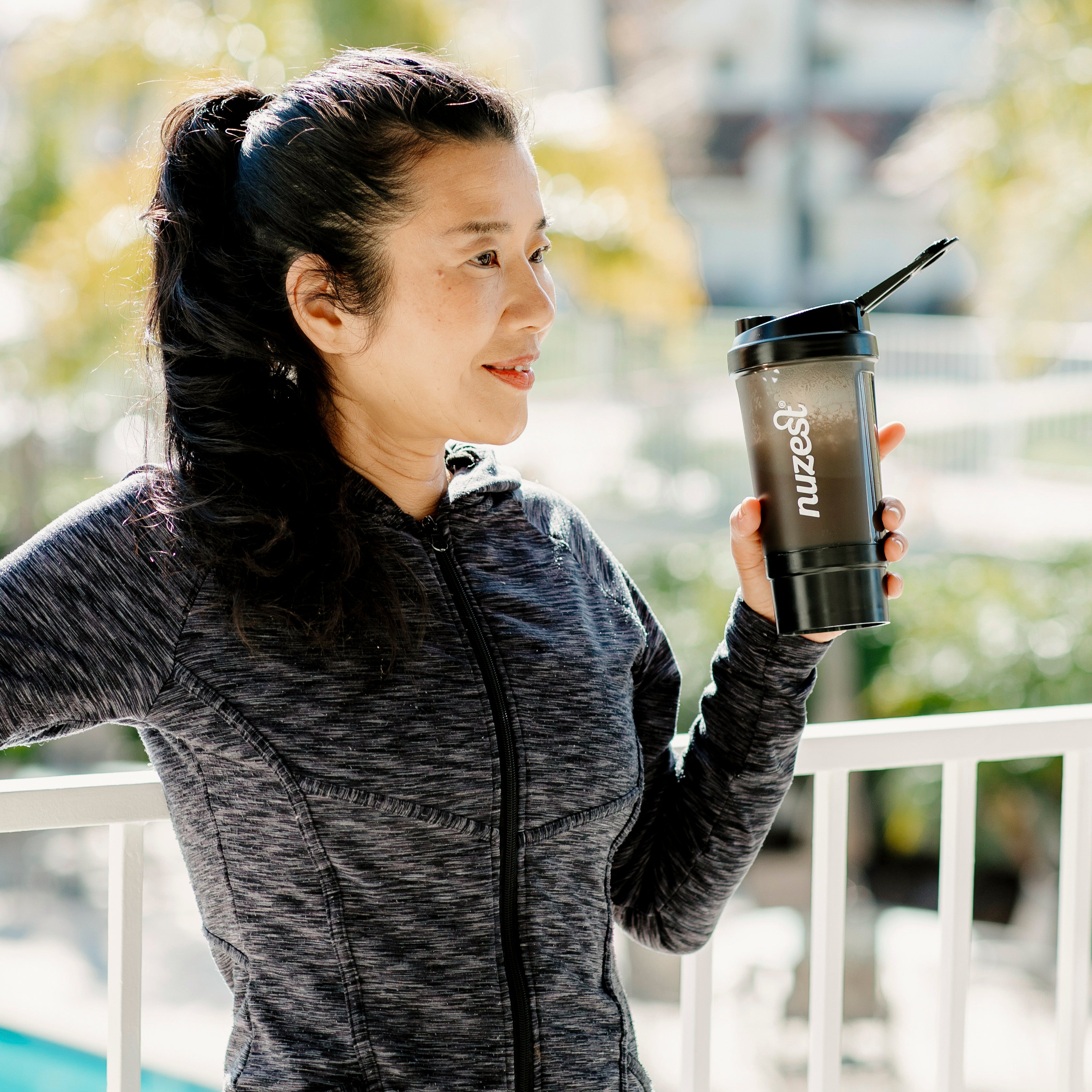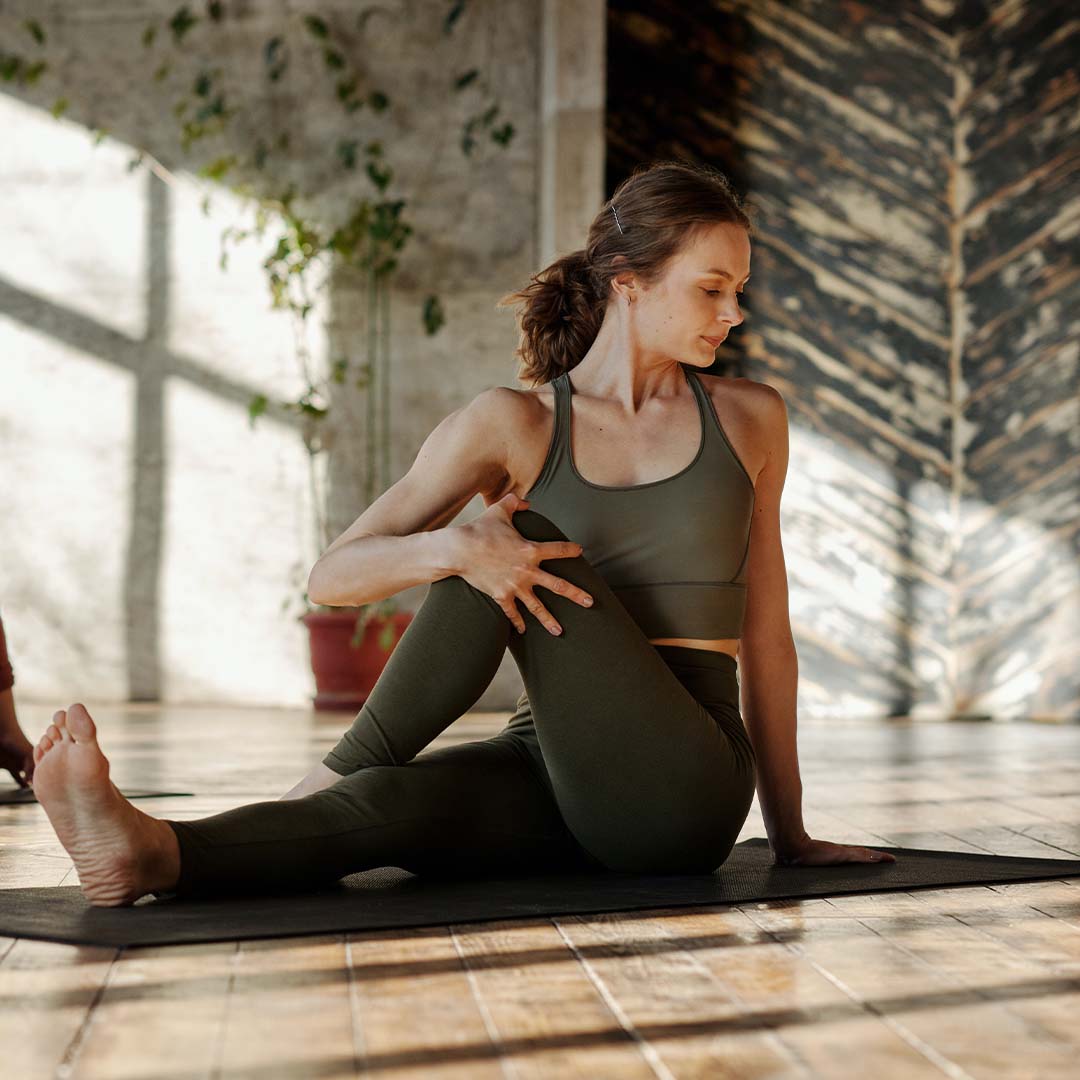TITLE: Raising Active Kids: How much physical activity do children need?
AUTHOR: Amy Butler (Nutritionist)
We all know that we should probably be moving more and sitting less, but how much physical activity do children need? And how can we encourage our children to be active? In this technological age of 24-hour entertainment, social media and screens, it’s important to think about ways that we can foster healthy habits in our children in order to help them achieve daily physical activity recommendations.
Physical activity guidelines for children
So how much physical activity do children need? The Australian Government recommends the following amounts of physical activity and sedentary behavior, by age:1
Table 1: Australia’s Physical Activity & Sedentary Behavior Guidelines

While government recommendations suggest that screen time should be limited to 1-2 hours per day, as parents we understand that this isn’t always a realistic target (particularly at the moment when children are attending classes online!). We suggest that screen time and usage be monitored by parents to ensure that it isn’t getting in the way of healthy social behaviors and physical activity.
Health benefits of physical activity for children
Benefits of daily movement for children include:2
- Healthy bones, muscles and joints
- Healthy lungs and heart
- Improved coordination and muscle control
- Maintain flexibility of muscles
- Improved balance and posture
- Improved concentration
- Improved health in later life
But most of all, it’s fun!!
Tips for getting children moving!
The biggest tip for encouraging your kids to move is to make it fun! If you have toddlers or younger children, find things for the whole family to do together. Climbing at the playground, playing with a ball at the park or riding bikes can not only build fitness but also create fun and lasting family memories!
Organised sports are a great option for older children, combining not just movement but teamwork and socializing too. Check out the kids’ recipes on our website for some great on-the-go snacks for after Saturday sports!
If you have a dog, get the kids involved in taking him/her for their daily walk. Other chores can also be a great way to include moments of movement through the day; mowing the lawn, hanging the washing and sweeping the deck are small tasks that kids can help with to break up long periods of inactivity.
Physical activity do’s and don’ts for children

What about food?
First, and most importantly, don’t talk about diets or restriction of food with your children. It’s generally unnecessary and unhelpful and can lead to things like food guilt and unhealthy restriction. Aim to encourage intuitive eating, where no food is off limits and we listen to our bodies to feed them what they need to help them thrive!
Learn about intuitive snacking for children in this article.
Having said that, there are ways to encourage kids and teens to be mindful of eating a wide range of foods and choosing foods to help give their bodies the necessary nutrients and energy to live a full and active life.
- Model behavior you’d like to see in them. Eat your veggies Mum! No dodging the salads Dad! Seriously, children are more receptive to trying new foods if they see you eat them first.
- Exposure, exposure, exposure! Don’t give up the first time your child says they don’t like broccoli. Continue to serve it, only giving very small pieces so its not overwhelming. Don’t pressure them to eat vegetables they aren’t keen on, let them come to it when they’re ready. Do you have a picky eater in your household? Specialist Paediatric Dietitian Jessica Gust shared some great tips with us for overcoming picky eating win this article.
- Get them involved in an age appropriate way. Toddlers as young as 18 months can help to stir things or chuck a handful of nuts into a salad. Preschoolers can help pick out veggies at the supermarket or even help to cut things (with a safety knife, of course). Older teens could be given the responsibility of cooking once a week. All of these are opportunities to not just taste, but touch, smell and see the foods before they’re on the plate – this all counts as exposure!
- Remove distractions from mealtimes. No TV and no screens at the table.
- Think of snacks as mini meals and make them balanced. Smoothies are a great way to include veggies, fats, protein and carbohydrates into a quick and delicious mini meal that children of all ages can help to prepare.
- Include a fruit or vegetable at most (preferably all) meals and mini meals. Why not try our nutritious, delicious Rich Chocolate Mousse – I bet you can’t guess the secret ingredient! For more tips on squeezing extra fruit and veg in your child’s diet, check out our interview with Nutritionist and mum of two, Casey-Lee Chambers.
Children need a diet containing all the vitamins and minerals, as well as sufficient protein, fats and carbohydrates. This can be difficult if children are picky eaters; in this case continue to serve food (remember, every exposure counts) and consider including a good quality multi-nutrient supplement such as Kids Good Stuff to fill the nutritional gaps in their diet.
References
- Department of Health. Australia’s physical activity and sedentary behaviour guidelines and the Australian 24-hour movement guidelines. Retrieved from https://www1.health.gov.au/internet/main/publishing.nsf/Content/health-pubhlth-strateg-phys-act-guidelines
- Health Direct. Benefits of physical activity for children. Retrieved from https://www.healthdirect.gov.au/benefits-of-physical-activity-for-children


